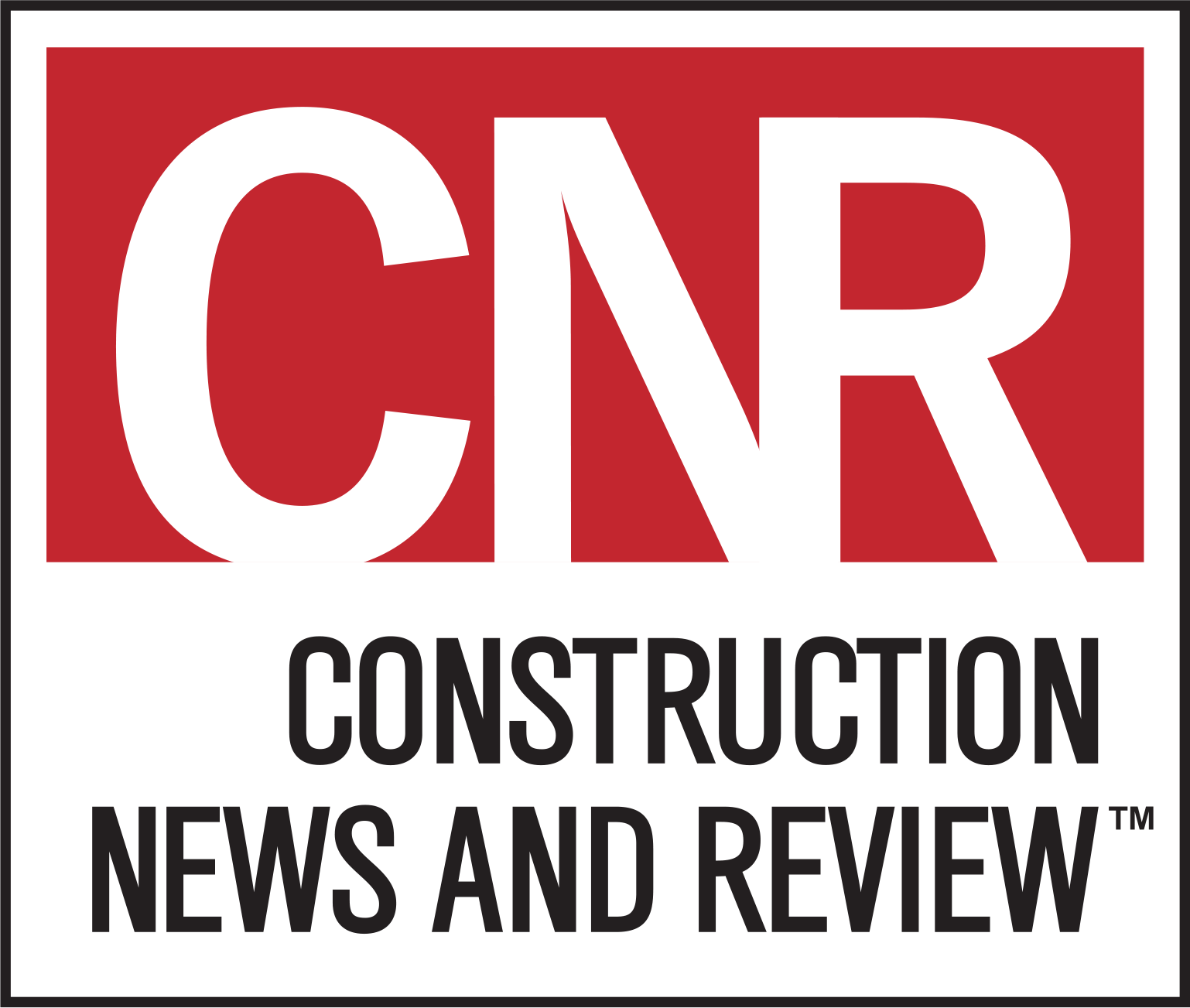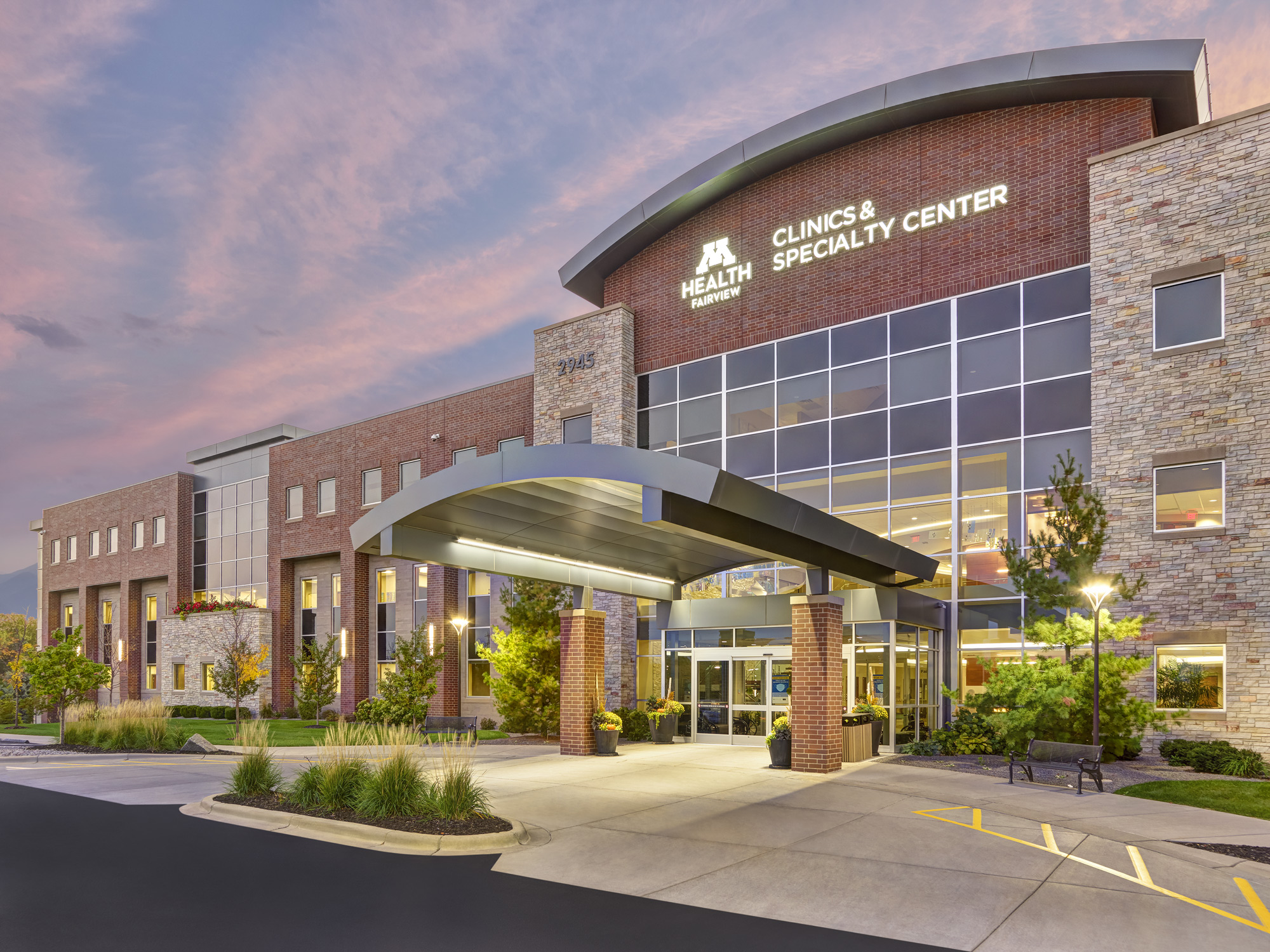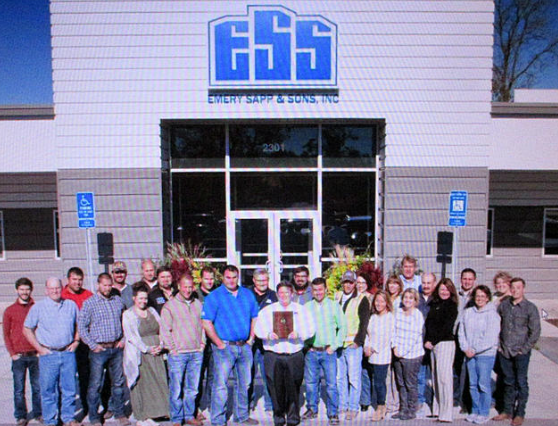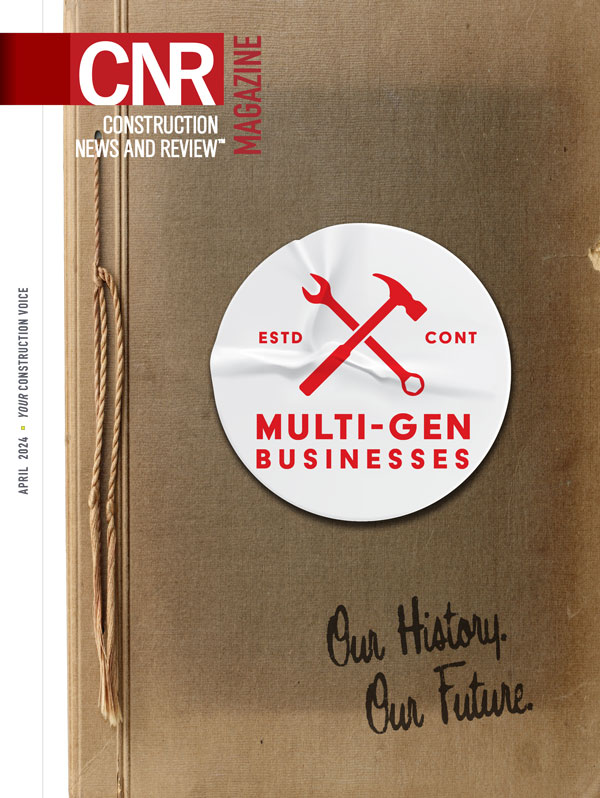Special Delivery: The Evolution of Healthcare Construction
Image Courtesy of Davis
MOBs log robust building years while hospital construction remains flat
By KATE GAWLIK
Just like watching your cholesterol or blood pressure, all eyes are on a construction sector that adds variability into market trends. Medical office building construction is predicted to be one of the stronger sectors this year and beyond. Dodge Construction Network 2024 outlook shows medical office building construction starts will hit $39 billion in 2024 versus $37 billion in 2023 and $37.4 billion in 2022.
The story is not the same for hospitals. Jay Bowman, a partner with FMI Consulting, reports the compound annual growth rate (CAGR) for hospital construction spending sits basically at 0 percent from 2018-22, with 2023 data not available yet. When excluding federal facilities, hospital construction spending totaled $25.473 million in 2021 and $25.974 million in 2022. Bowman notes the CAGR for this sector has been at 0 percent for the past 10 years.
By comparison, medical office building construction spending grew 17 percent CAGR from 2018 through 2022. In the Midwest, Ryan Molen, senior vice president, business unit leader, at McCarthy Building Companies Inc., says this trend is quite visible and ready to surge.
“We’ve seen a market shift over the last few years that reflects a larger focus on investing and building outpatient facilities and medical office buildings in lieu of new hospitals,” Molen says. “The Midwest is uniquely positioned to meet the rising demand for healthcare real estate because, generally speaking, we have more land available than other parts of the nation.”
Favorable economic and supply chain factors also are turning up the movement for development in 2024.
“We anticipate a lower interest rate environment that will support more new development and assist with refinancing,” says Jill Rasmussen, CCIM, SIOR, a
principal with Davis. “There is a supply issue for good quality medical building space availability, which will continue to push up net rents. We see better lead times on materials and will look for lower construction pricing. A bright spot heading into 2024 is leasing remains very active with specialty independent clinics and ambulatory surgery center development to bring more cost-effective care closer to the patient base.”
Post-Pandemic Needs
Life in a post-pandemic world is different for many, but COVID-19 truly changed healthcare delivery methods. With that, facility designs shifted to better support the safety and health of patients and staff.
Molen explains, “Our clients now require the capability to quickly adapt their facilities, ensuring uninterrupted healthcare services to the community and a secure and safe environment for their healthcare providers. Our focus on nearly every project includes reviewing and discussing more advanced mechanical systems, better filtration and humidity level reviews, alongside patient flow analysis and the flexibility to quickly adapt to another pandemic.”
This brought a learning curve to companies like McCarthy Building Companies, which had to adapt to a new standard of health care best practices. Additional staff training and education helped its teams understand the specific nuances of sophisticated mechanical, electrical and plumbing systems in healthcare facilities.
Rasmussen sees a switch to larger full-services medical building developments where primary, specialty and surgery care are under one roof. Owners are considering patient convenience and revenue generation where a patient can have an annual physical, lab work, imaging and other services in the same place.
These nuances – coupled with increased maintenance from patient traffic through an office – require high upfront capital, leading to longer leases of 12 to 20 years. Rasmussen adds, “Net rental rates and operating expenses are generally higher for medical building leases based on the above items and higher tenant improvement allowances.”
Defining the Surge
This data begs the question: Why office buildings and not hospitals? Hospital systems have struggled with decreased insurance reimbursement, as well as nursing and other staff shortages. Medical office buildings have become more popular because patient experience drives health care, and people prioritize convenience when selecting doctors and corresponding services. The U.S. population is older than ever in history, and the aging of Baby Boomers will again redefine health care needs that are met close to home, in a one-stop-shop facility.
The investment people make in their health care also is a consideration. If people are spending more of their income on healthcare bills, they expect quality from that care, including the space they are in. Bowman notes, “By some estimates, health care as a percent of the average American’s annual expenses has doubled in the past 20 years, from roughly 4 to 5 percent to 8 to 10 percent.”
Bowman defines this as the “evolution in health care services delivery.” He warns, while we certainly need to analyze what is happening now, we also need to keep our eyes on what is coming next.
“Hospitals are expensive to operate and difficult to maintain a predictable schedule. An orthopedic center, however, can schedule hip replacements or similar procedures more efficiently. Technology is facilitating this evolution, as is the biotechnology and life sciences industries. The question we should really be thinking about is what replaces medical office buildings in the future, particularly with the advent of AI, robotics and advanced implants like Neuralink. Will some procedures be easily performed at a retail center, place of business or even in one’s house?”
Kate Gawlik writes about construction and design trends from Lockport, Ill. She is also an experienced nurse.
Fresh Content
Direct to Your Inbox

YOUR CONSTRUCTION VOICE IN ST. LOUIS AND BEYOND
Join CNR Magazine today as a Content Partner
As a CNR Content Partner, CNR Magazine promises to support you as you build, design and engineer projects not only in and around St. Louis, but also across the U.S. CNR is equipped and ready to deliver a dynamic digital experience paired with the top-notch, robust print coverage for which you’ve always known and respected the magazine.






